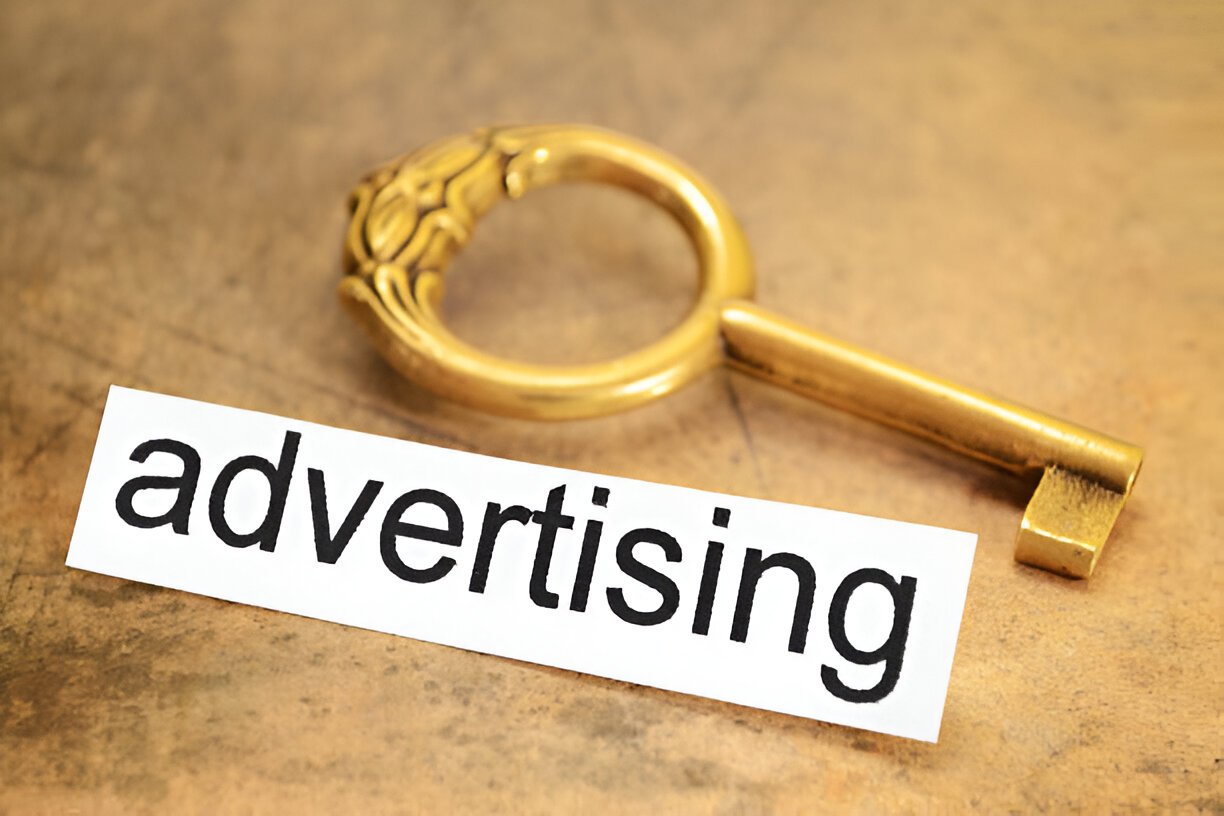As a marketing professional with years of experience in digital advertising, I’ve seen firsthand how keyed advertisements transform campaigns from generic blasts into precision-targeted strategies. If you’re new to this concept, don’t worry—I’ll break it down in plain terms, with real-world examples, calculations, and actionable insights.
Table of Contents
What Is Keyed Advertisement?
Keyed advertisement refers to a method where marketers track responses from specific ads using unique identifiers, or “keys.” These keys help measure which ads drive conversions, allowing businesses to refine their strategies. Think of it as assigning a fingerprint to each ad—this way, I know exactly which one brought in leads.
Why It Matters
In an era where digital ad spending in the U.S. exceeds $200 billion annually, wasting budget on ineffective ads isn’t an option. Keyed advertisements ensure I allocate resources efficiently by identifying high-performing campaigns.
How Keyed Advertising Works
Let’s say I run a shoe store and place ads in three magazines:
- Runner’s World – Key: RUN2024
- Fashion Weekly – Key: FW2024
- Outdoor Adventures – Key: OA2024
When customers mention these codes at checkout, I track which publication generates the most sales. Simple, right?
Mathematical Representation
The return on ad spend (ROAS) for each keyed ad can be calculated as:
ROAS = \frac{\text{Revenue from Ad}}{\text{Cost of Ad}}If RUN2024 brings in $5,000 from a $1,000 ad, the ROAS is:
ROAS = \frac{5000}{1000} = 5A ROAS of 5 means every dollar spent earns five back—a strong performance.
Types of Keyed Advertisements
| Type | How It Works | Best For |
|---|---|---|
| Coupon Codes | Unique discount codes per channel | E-commerce, retail |
| Call Tracking | Different phone numbers for each ad | Service-based businesses |
| URL Parameters | Unique links (e.g., ?source=facebook) | Digital campaigns |
Advantages of Keyed Advertising
- Precision Tracking – I know which ads work without guesswork.
- Budget Optimization – I shift funds to top-performing channels.
- Customer Insights – I learn which demographics respond best.
A Real-World Example
Suppose I spend $3,000 on three Facebook ad sets:
- Ad Set A: $1,000, generates $2,500
- Ad Set B: $1,000, generates $4,000
- Ad Set C: $1,000, generates $1,000
Using the ROAS formula:
- Ad Set A: \frac{2500}{1000} = 2.5
- Ad Set B: \frac{4000}{1000} = 4
- Ad Set C: \frac{1000}{1000} = 1
Clearly, Ad Set B delivers the best returns. I’d reallocate budget from Ad Set C to Ad Set B for better efficiency.
Challenges and Solutions
Challenge: Cross-Device Tracking
Customers might see an ad on mobile but convert on desktop. Without proper tracking, I might misattribute the sale.
Solution: Use UTM parameters or multi-touch attribution models.
Challenge: Human Error
A customer might forget to mention the coupon code.
Solution: Automate tracking with digital keys (e.g., click-through URLs).
Keyed Ads vs. Generic Ads
| Factor | Keyed Ads | Generic Ads |
|---|---|---|
| Tracking | Precise | Estimated |
| ROI Clarity | Clear | Unclear |
| Optimization | Data-driven | Guesswork |
Implementing Keyed Ads in Your Strategy
- Define Goals – Am I tracking sales, leads, or engagement?
- Choose Keys – Coupons, phone numbers, or URLs.
- Analyze Data – Use tools like Google Analytics for digital keys.
- Adjust Campaigns – Double down on what works.
Final Thoughts
Keyed advertisements remove the fog from marketing analytics. By assigning unique identifiers, I turn vague metrics into actionable insights. Whether you’re a small business or a large corporation, this method ensures every dollar spent is justified.





